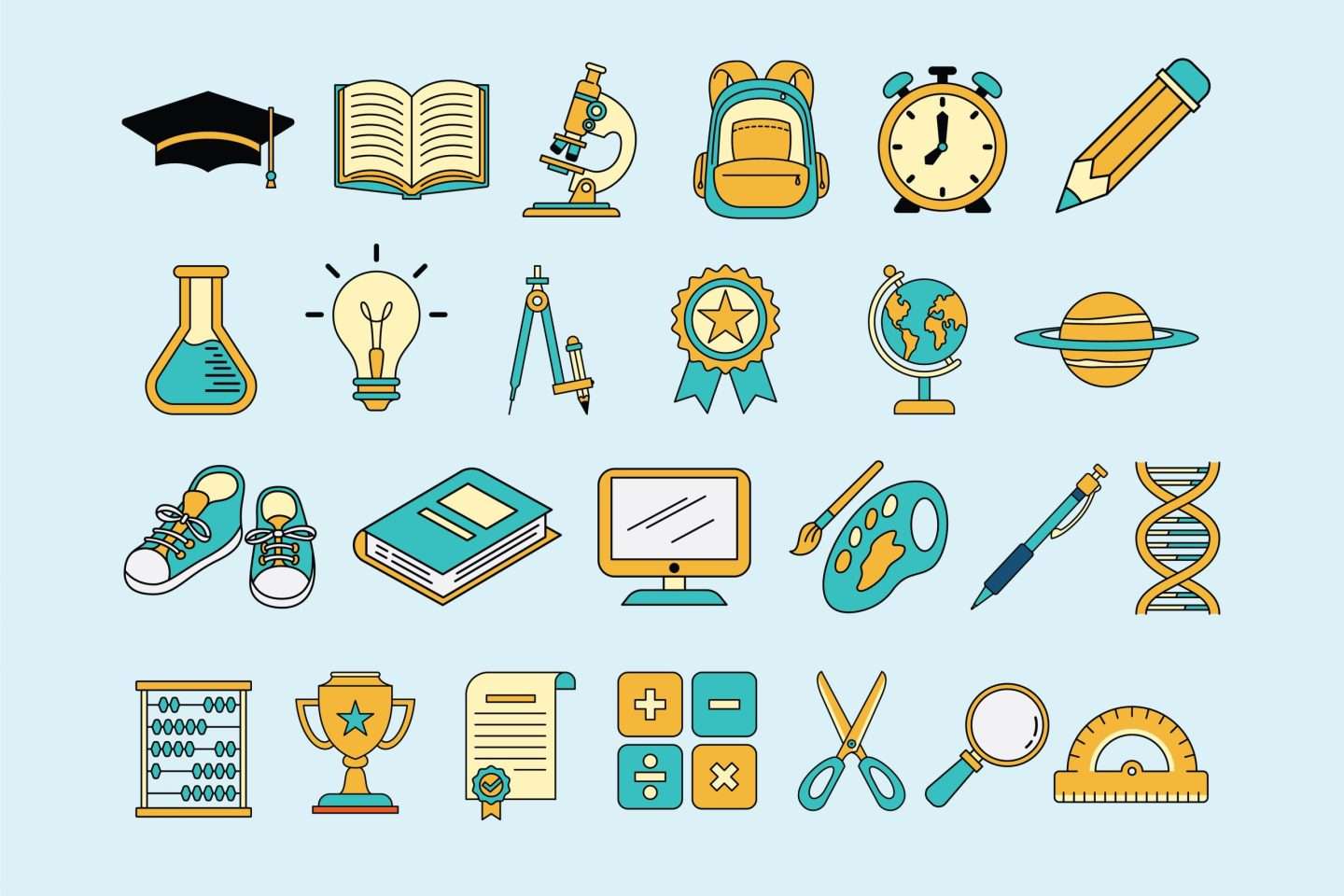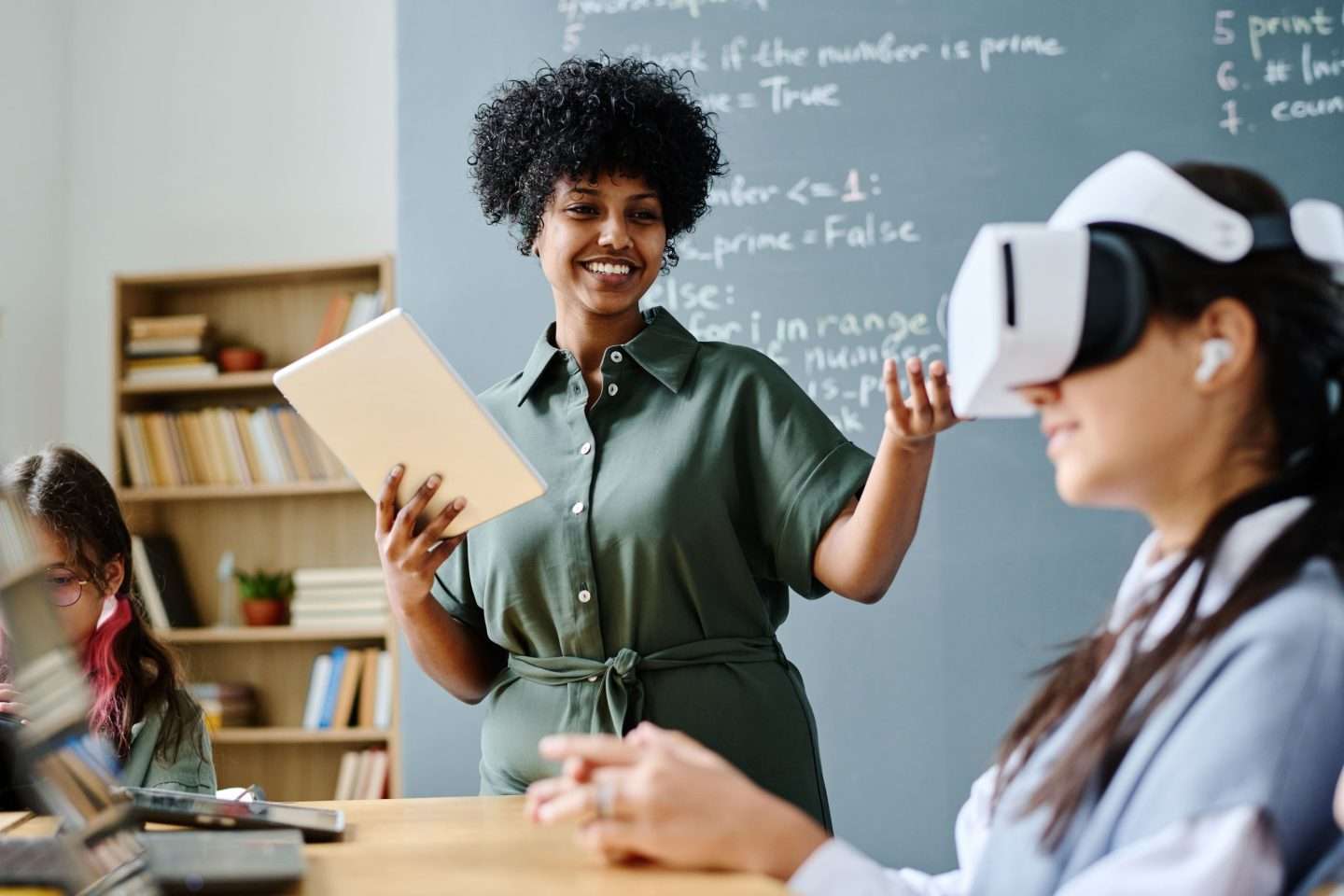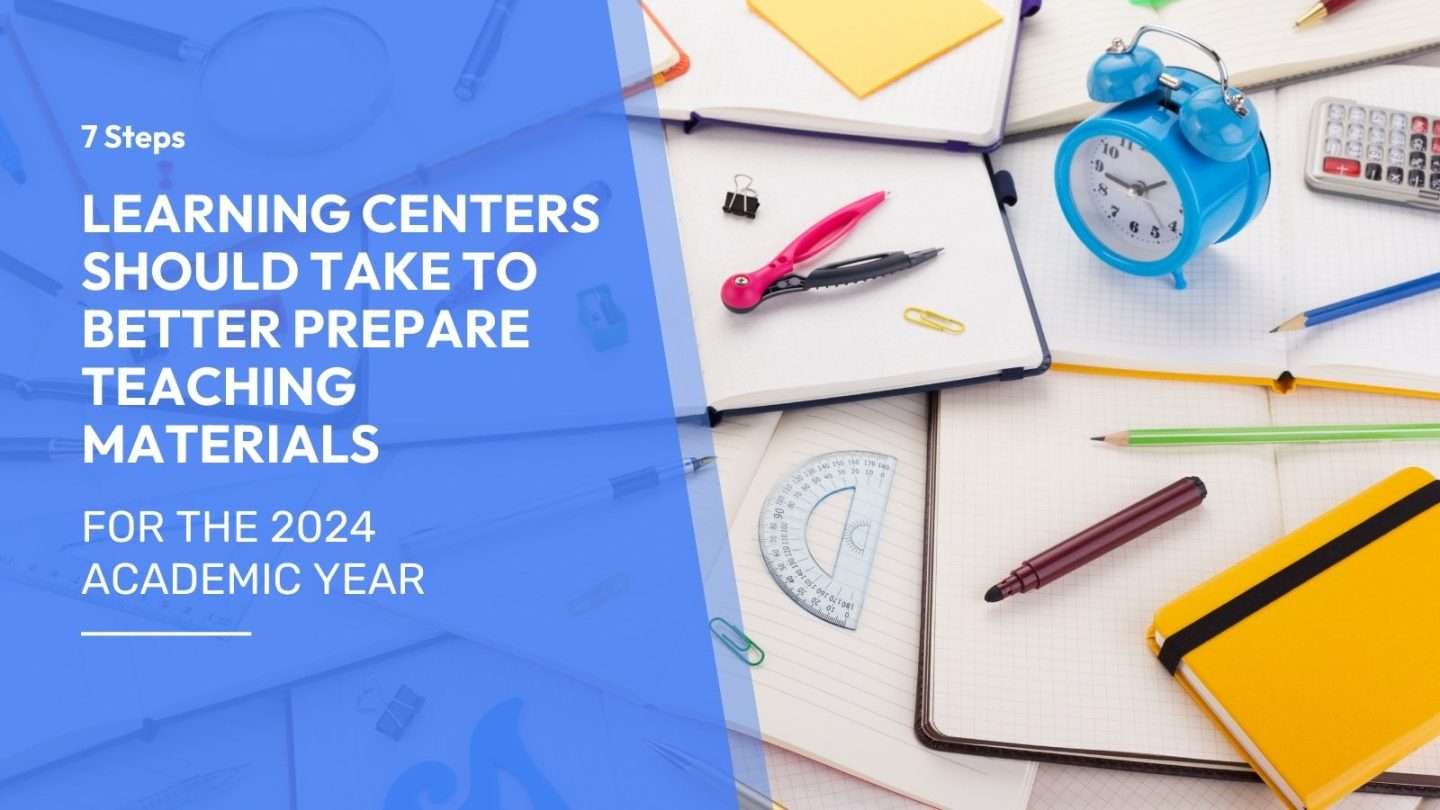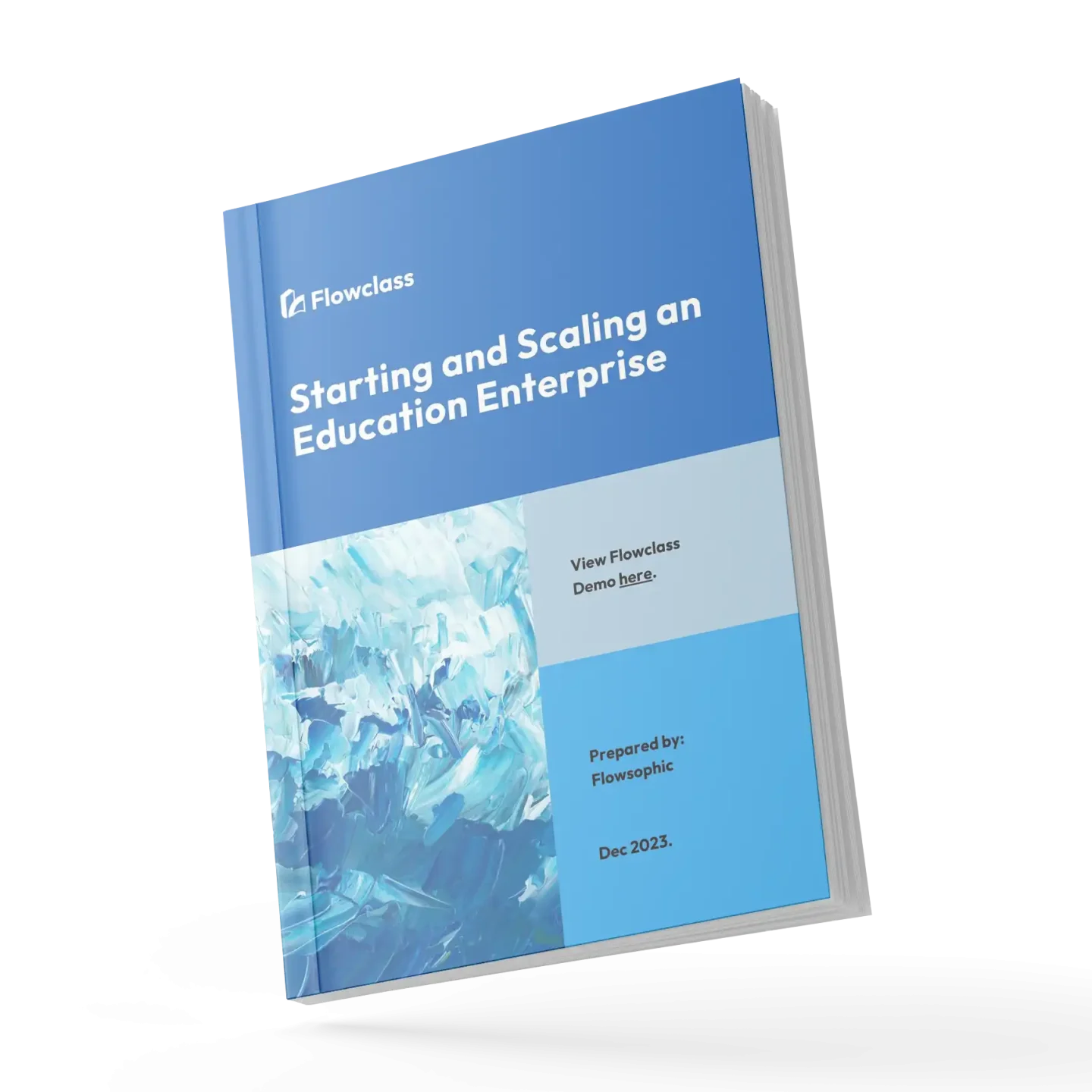As learning centers gear up for the 2024 academic year, there is a growing need to improve the preparation of teaching materials. Learning centers must adapt and stay ahead in today’s fast-paced and ever-evolving educational landscape. But how can they ensure that their teaching materials are effective and up to date? This article will explore 7 steps that learning centers can take to better prepare their teaching materials for the upcoming academic year. From conducting a comprehensive curriculum audit to incorporating modern teaching methods and technology, these steps will help learning centers provide a top-notch learning experience for their students. By investing in the quality of their teaching materials, learning centers can enhance student engagement, improve learning outcomes, and ultimately stay competitive in the education industry. So, let’s dive in and discover how learning centers can take their teaching materials to the next level in preparation for the 2024 academic year.
Understanding the importance of preparing teaching materials for Learning Centers
With the new academic year looming around the corner, preparing high-quality teaching materials has become a crucial priority. In today’s dynamic educational landscape, students have diverse learning styles, evolving needs, and heightened expectations. To cater to these changing demands, learning centers must invest in developing comprehensive and engaging teaching materials that can effectively facilitate learning and drive academic success.
Preparing robust teaching materials is not just about compiling content and resources – it is a strategic process that requires a deep understanding of the curriculum, learning objectives, and the unique needs of the student population. By taking a proactive and systematic approach to this task, learning centers can create a learning environment that is stimulating, inclusive, and tailored to the specific requirements of their students.
Investing time and effort in the preparation of teaching materials can yield numerous benefits for learning centers. Firstly, it helps to ensure that the content aligns with the latest educational standards, trends, and best practices, enabling students to acquire the knowledge and skills necessary for their academic and personal growth. Additionally, well-designed teaching materials can foster student engagement, improve learning outcomes, and enhance the overall quality of the educational experience.
Step 1: Reviewing the curriculum and syllabus for Learning Centers

The first step in preparing effective teaching materials for the 2024 academic year is to conduct a comprehensive review of the curriculum and syllabus. This process involves carefully examining the course content, learning objectives, and assessment criteria to gain a thorough understanding of the educational requirements and expectations.
By closely analyzing the curriculum, learning centers can identify the key topics, concepts, and skills that need to be covered in the teaching materials. This information serves as a foundation for the development of lesson plans, activities, and resources that align with the educational goals and standards.
Furthermore, reviewing the syllabus can provide valuable insights into the pacing and structure of the course, allowing learning centers to plan and organize their teaching materials in a way that supports the overall learning journey. This step also helps identify gaps or areas that may require additional attention or resources to ensure a cohesive and comprehensive learning experience.
Step 2: Identifying learning objectives and outcomes
Once the curriculum and syllabus have been thoroughly reviewed, the next step is to clearly define the learning objectives and expected outcomes for the 2024 academic year. This process involves carefully analyzing the educational goals and translating them into specific, measurable, and achievable targets for student learning.
By establishing well-defined learning objectives, learning centers can design teaching materials that are tailored to the specific needs and abilities of their students. This ensures that the content and activities are focused on helping students acquire the necessary knowledge, skills, and competencies to succeed in their academic pursuits.
Moreover, identifying learning outcomes can guide the selection and development of assessment strategies, enabling learning centers to evaluate the effectiveness of their teaching materials and make informed decisions about improving the learning experience. This step also helps to create a clear roadmap for students, allowing them to understand the expected learning outcomes and work towards achieving them.
Step 3: Conducting a needs assessment
To ensure that the teaching materials prepared for the 2024 academic year are truly effective and relevant, learning centers should conduct a comprehensive needs assessment. This process involves gathering insights from various stakeholders, including students, teachers, and subject matter experts, to understand the unique needs, challenges, and preferences of the target audience.
By engaging with students, learning centers can gain valuable feedback on the strengths and weaknesses of the existing teaching materials, as well as their preferences for content delivery, learning activities, and assessment methods. This information can be used to tailor the teaching materials to the specific needs and learning styles of the student population, ultimately enhancing their engagement and success.
Additionally, consulting with teachers can provide valuable insights into the practical challenges they face in the classroom, such as time constraints, resource limitations, and diverse learning abilities. By incorporating these perspectives, learning centers can develop teaching materials that better support the instructional goals and facilitate a more effective learning experience.
Step 4: Designing engaging and interactive teaching materials for learning centers

Once the curriculum review, learning objectives, and needs assessment have been completed, the next step is to design engaging and interactive teaching materials for the 2024 academic year. This involves leveraging a variety of instructional strategies, multimedia resources, and hands-on activities to create a dynamic and immersive learning environment.
By incorporating a range of teaching methods, such as multimedia presentations, group discussions, simulations, and project-based learning, learning centers can cater to the diverse learning styles and preferences of their students. This approach not only enhances student engagement but also promotes the development of critical thinking, problem-solving, and collaborative skills – all of which are essential for academic and personal success.
Alongside this, learning centers should consider incorporating interactive elements, such as quizzes, games, and virtual reality experiences, into their teaching materials. These interactive components can help to reinforce key concepts, provide instant feedback, and foster a more engaging and enjoyable learning experience for students.
Step 5: Incorporating technology into teaching materials

The integration of technology into teaching materials has become increasingly crucial in the modern landscape of teaching. Learning centers must embrace the power of digital tools and platforms to create a more dynamic, accessible, and personalized learning experience for their students.
By incorporating various educational technologies, such as online learning management systems, interactive whiteboards, and multimedia resources, learning centers can enhance the delivery and accessibility of their teaching materials. This can include providing students with access to digital textbooks, interactive lessons, and virtual simulations, which can be accessed anytime, anywhere, and on a variety of devices.
Moreover, the use of technology can enable learning centers to collect and analyze data on student performance, engagement, and learning preferences. This information can then be used to continuously refine and improve the teaching materials, ensuring that they remain relevant, effective, and aligned with the evolving needs of the student population.
Step 6: Ensuring inclusivity and accessibility

In the pursuit of preparing high-quality teaching materials for the 2024 academic year, learning centers must also prioritize inclusivity and accessibility. This means ensuring that the content, delivery methods, and learning resources cater to the diverse needs and abilities of all students, including those with physical cognitive, or sensory disabilities, as well as those from various cultural, linguistic, and socioeconomic backgrounds.
By adopting universal design principles, learning centers can create teaching materials that are accessible and inclusive, allowing all students to engage with the content and participate actively in the learning process. This may involve providing alternative formats, such as audio recordings, braille materials, or language translations, as well as incorporating assistive technologies and accommodations to support students with specific learning needs.
Furthermore, learning centers should strive to incorporate diverse perspectives, representations, and cultural references into their teaching materials. This not only fosters a sense of belonging and inclusivity but also helps to broaden students’ understanding of different worldviews, cultures, and experiences, preparing them for the increasingly diverse and globalized world they will encounter.
Step 7: Evaluating and revising teaching materials
The final step in the process of preparing teaching materials for the 2024 academic year is to establish a robust system for evaluating and revising the content on an ongoing basis. This involves regularly assessing the effectiveness of the teaching materials, gathering feedback from students and teachers, and making necessary adjustments to ensure that the learning experience remains engaging, relevant, and aligned with the evolving educational landscape.
By implementing a structured evaluation process, learning centers can identify areas for improvement, address any gaps or weaknesses in the teaching materials, and incorporate the latest educational trends, technologies, and best practices. This may include conducting student surveys, analyzing assessment data, and seeking input from subject matter experts and industry professionals.
Moreover, the process of evaluating and revising teaching materials should be an iterative one, with learning centers continuously monitoring and adapting their approach to ensure that the content remains effective and responsive to the changing needs of their students. This commitment to ongoing improvement and refinement will not only enhance the quality of the teaching materials but also contribute to the overall success and competitiveness of the learning center in the 2024 academic year and beyond.
Conclusion
With the 2024 academic year soon approaching, preparing high-quality teaching materials has become a critical priority for learning centers. By following the seven steps outlined in this article – reviewing the curriculum and syllabus, identifying learning objectives and outcomes, conducting a needs assessment, designing engaging and interactive teaching materials, incorporating technology, ensuring inclusivity and accessibility, and evaluating and revising the content – learning centers can create a learning environment that is stimulating, effective, and tailored to the unique needs of their students.
Investing in the development of comprehensive and engaging teaching materials is not only a strategic move for learning centers but also a crucial investment in the future of their students. By providing a learning experience that is aligned with the latest educational standards, trends, and best practices, learning centers can empower their students to achieve academic success, develop essential skills, and thrive in the ever-evolving world they will encounter.
Learning centers that prioritize the preparation of their teaching materials will be well-positioned to deliver a transformative educational experience, foster student engagement and learning, and solidify their reputation as leaders in the education industry. By embracing this proactive and strategic approach, learning centers can ensure that their students are equipped with the knowledge, skills, and confidence to navigate the challenges and opportunities of the future
📣Flowclass provides affordable course landing creation, which can help reduce your time, money, and effort to promote your courses. Try it out for one FREE course here: https://app.flowclass.io/register


